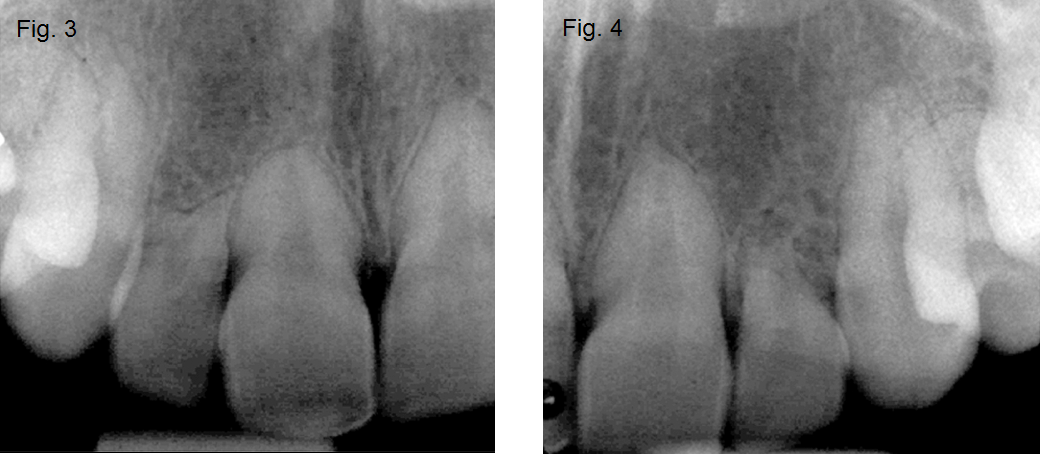Every dentist knows what I mean by a radiographic diagnosis. You may not know the term, but a radiographic diagnosis is what happens when at the end of your exam everything seems fine at the end of your exam, but then you see the radiograph and you think: oh wow, that is BAD.

Some of those oh wows are correct; there is a significant problem that needs to be addressed. Unfortunately many of them appear to be a significant problem, but don’t need treatment – because other than the radiographic appearance, they are asymptomatic. Common examples of this would be apical root resorption, horizontal root fractures and periapical lesions on teeth that have had endo.

There are two things that I believe are key in determining the significance of the perceived problem. First, are there other symptoms besides how the tooth appears on the radiograph (ie. mobility, pain on percussion, probing depths)? If there were no other symptoms, meaning if you hadn’t seen the radiograph, you wouldn’t have known anything was wrong. Then I hope the next thing you ask yourself is, how long has it been this way, and how can I find out? I would suggest you try and obtain old radiographs if they are available, since they will give you the answer.
A case with a large periapical lesion that is asymptomatic and was present on films 10 years ago, is very different from the same lesion that wasn’t there on radiographs two years ago; the same is true for apical root resorption. For apical root resorption, the only real risk is the tooth becoming mobile or being lost in a traumatic accident. If the tooth isn’t mobile, and the resorption has been there for five years, why would you consider treating it? Even if it needed an indirect restoration, there is no reason to consider removing it just because of the radiographic appearance. Even if there was a slight mobility that concerned you, is removing and replacing it better than splinting it to the adjacent tooth with composite?

Finding horizontal fractures on radiographs also initiates a strong urge to do something, yet Jens Andreason’s research on over 500 horizontal fractures shows a ten year survival rate of 88 percent with no treatment – they actually survive longer, he just happened to quit the study at ten years. The diagnosis of asymptomatic horizontal fractures has increased significantly with the advent of CBCT, now it is easier to find them on the scan, and again feel like treatment is necessary.

I’m not trying to say that all of these types of problems don’t need treatment, but I hope the next time you have one of those oh wow moments when looking at a radiograph, you ask yourself, does the tooth have other symptoms? And you wonder, how long has it been this way?